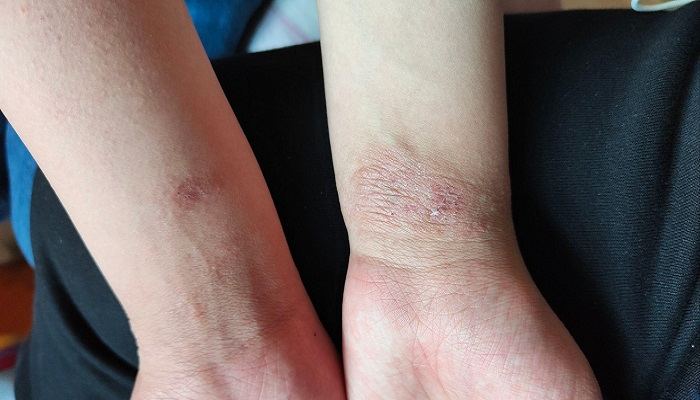Topical corticosteroids are one of the mainstays of atopic dermatitis treatment.These medications work by reducing inflammation in the skin. They come in various strengths, and the appropriate strength is usually determined by the severity of the condition and the area of the body affected.For example, milder forms may be used on sensitive areas like the face, while stronger ones can be applied to thicker – skinned areas such as the elbows and knees. However, long – term use of potent corticosteroids may have side effects, so it’s important to use them under medical supervision.
Topical calcineurin inhibitors are another option.These drugs, such as tacrolimus and pimecrolimus, can be used when corticosteroids are not suitable or have not been effective.They work by suppressing the immune response in the skin, helping to reduce itching and inflammation.They are often used for longer – term management, especially in areas where corticosteroid – related skin thinning may be a concern.
Moisturizing the skin is crucial in the treatment of atopic dermatitis. Regular use of emollients can help repair the skin’s barrier function, reducing water loss and preventing dryness.There are different types of moisturizers available, including creams, ointments, and lotions.Ointments are usually the most effective as they contain more oil and are better at locking in moisture.However, some people may find them too greasy. Lotions are lighter but may need to be applied more frequently.Choosing the right moisturizer depends on an individual’s preference and the specific needs of their skin.
Avoiding triggers is an important part of managing atopic dermatitis. Common triggers include certain fabrics like wool, which can irritate the skin, as well as harsh soaps and detergents. Using gentle, fragrance – free cleansers can help prevent flare – ups. Additionally, keeping the skin cool and avoiding excessive sweating can also be beneficial.In some cases, stress can exacerbate atopic dermatitis, so stress – management techniques like meditation or yoga may be helpful.
In more severe cases of atopic dermatitis, systemic treatments may be necessary.This can include oral medications such as antihistamines to relieve itching. In some instances, immunosuppressive drugs may be prescribed for short – term control of severe flare – ups.However, these medications come with potential risks and require close monitoring by a healthcare provider.
In conclusion, treating atopic dermatitis involves a combination of approaches. Working closely with a dermatologist to determine the most appropriate treatment plan based on the individual’s condition is key to effectively managing this challenging skin disorder.
Read more
- Enlarged Prostate: Potential Impact On Bowel Function & Considerations
- The Concern About Polycystic Ovary Syndrome: A Cross – Country Perspective
- Healthcare Products: Captivating Consumers Worldwide


